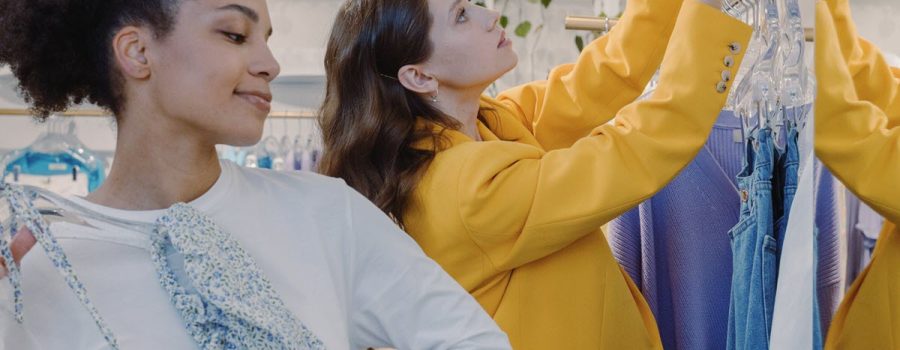The fashion industry is a multi-trillion dollar business, employing millions of people around the globe. The industry includes textile mills, trim and accessory providers, clothing manufacturers, design houses, wholesalers and retailers.
It is an important segment of the economy in many areas of the world, with locally-made accessories and clothing being a key source of income in some small communities. There is, naturally, a push for the continued expansion of the fashion industry (and increased production levels) by those dependent on the industry for their livelihood and economic growth.
While that is great for all us fashionistas, there is increasing concern about the ecological impact: particularly, the amount of clothing being manufactured; the constant chasing of fashion trends; and the practice of clothing being dumped to landfills once they are shifted out of our closets. So, what are the main drivers for this increase in fashion production and consumer demand? If you are lured by the window displays of that trendy top you just saw on social media, know that there is an industry working in various levels to increase your likelihood of impulsively buying it. There are several contributors.
FAST FASHION
These companies base their business model on constantly launching new collections. In order to do so and maintain attractive price points, they rely on cost cutting techniques like using low quality materials and inferior garment construction. According to a recent article from Harper’s Bazaar on the lower quality of fast fashion clothing, these quick-to-market garments reflect new trends but may not last through many wears and washes. These factors are seen as a major cause for the increase in clothing discard to landfills.
RETAIL FASHION STORES
Traditional brick-and-mortar department stores once enjoyed the privilege of being the primary source for fashion. Not anymore. They are now locked in a fierce game of keeping up with the competition. Those giving them a run for the money include fast fashion stores, designer brands who have both online and retail stores, ecommerce retailers, and even non-traditional retailers that are getting into the fashion game.
We have seen the trend of moderate and lower price mass market stores partnering with designers for limited edition collections. This has been an amazing opportunity for sales and for reaching a wider audience for both parties. Faced with this type of competition, traditional brick-and-mortar department stores have gone from seasonal fashion offerings and sales to embrace the “fast fashion” approach: a constant influx of new merchandise and ongoing promotions to pique the interest of consumers. This revolving-door approach has had the effect of encouraging a closet full of clothing that may or may not enjoy a long wear cycle
FASHION INFLUENCERS
These modern-day masters of selling have become a phenomenon! What was once a loose association of individuals expressing their opinions and reviews on products and services has now become an organized, professional industry. Many of them have followers numbering in the millions. They are able to turn products into overnight “must-haves” and give brands credibility with their endorsement. Authenticity is the key to their success. They are trusted by their base of followers, so it is important to them not to appear biased in their opinions.
Fashion companies have taken note of their potential and impact. Many of these influencers are now hired as Brand Ambassadors. They have become a powerful resource to sell fashions. They wear and review the latest styles for their brands and give encouragement to their base to try new items. So what happens with the persuasive suggestions of trusted fashion influencers? We are likely to be more informed about the brand, the latest trends, and to have a yearning to buy what is new.


